Few species go through hundreds of millions of years without important body plan changes. Today’s species, the huge, fossil-looking Atlantic or American horseshoe crab, 𝘓𝘪𝘮𝘶𝘭𝘶𝘴 𝘱𝘰𝘭𝘺𝘱𝘩𝘦𝘮𝘶𝘴 (Linnaeus, 1758), is a type of arthropod in the order Xiphosura, which means “sword tail” in Greek, referring to its straight, sharp tail ⚔️. Although they are called crabs, horseshoe crabs are in fact more closely related to arachnids (spiders, scorpions) than crabs.
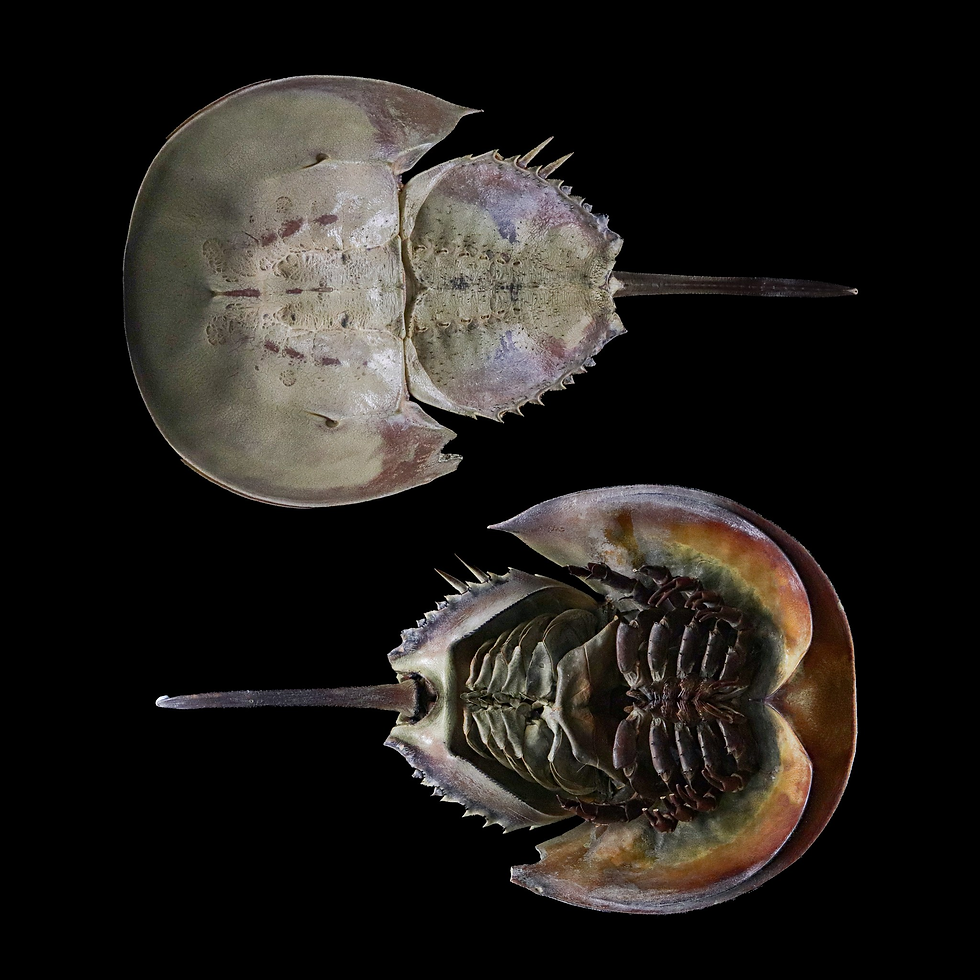
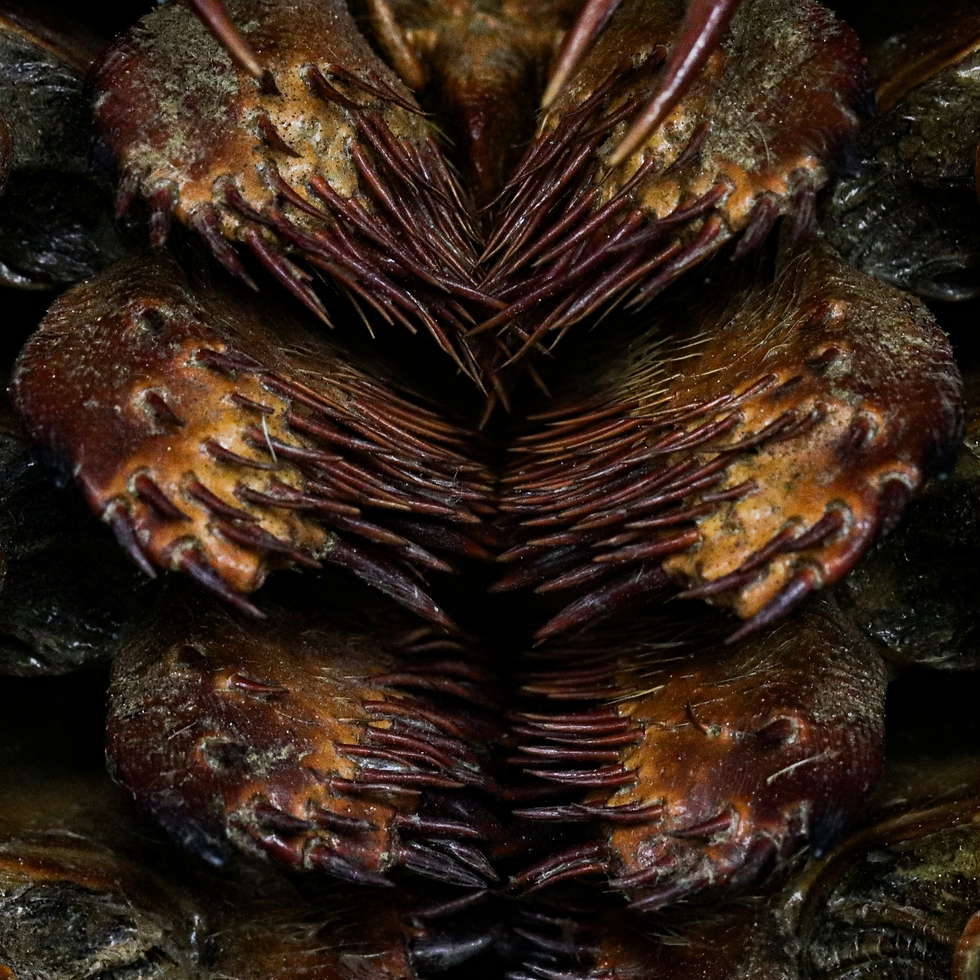
The species name, “polyphemus”, is the most fun (and also wrong) part: Polyphemus is the name of a famous giant cyclops in the Ancient Greek epic “The Odyssey”. ⛵ When the Swedish biologist Linnaeus set out to name it in 1758, people assumed it had one big eye, just like the cyclops. In fact, the original name he chose before 𝘓𝘪𝘮𝘶𝘭𝘶𝘴 𝘱𝘰𝘭𝘺𝘱𝘩𝘦𝘮𝘶𝘴 was 𝘔𝘰𝘯𝘰𝘤𝘶𝘭𝘶𝘴 𝘱𝘰𝘭𝘺𝘱𝘩𝘦𝘮𝘶𝘴, “𝘔𝘰𝘯𝘰𝘤𝘶𝘭𝘶𝘴” meaning one-eyed, to really drive the point home. This was a serious miscount, as they in fact have TEN eyes in total, plus light-sensing cells along the length of their tails. 📏 American horseshoe crabs are really big, reaching up to 60 cm in size, making it one the largest living arthropods. More surprising though is the size of the cells inside their eyes, their rod and cone cells, which are approximately 100 times larger than those in humans, so in some ways they could still be said to resemble Polyphemus the giant. Surprisingly, despite their many eyes, their eyesight is not that good compared to ours, but they see much better at night than during the day. 🌖
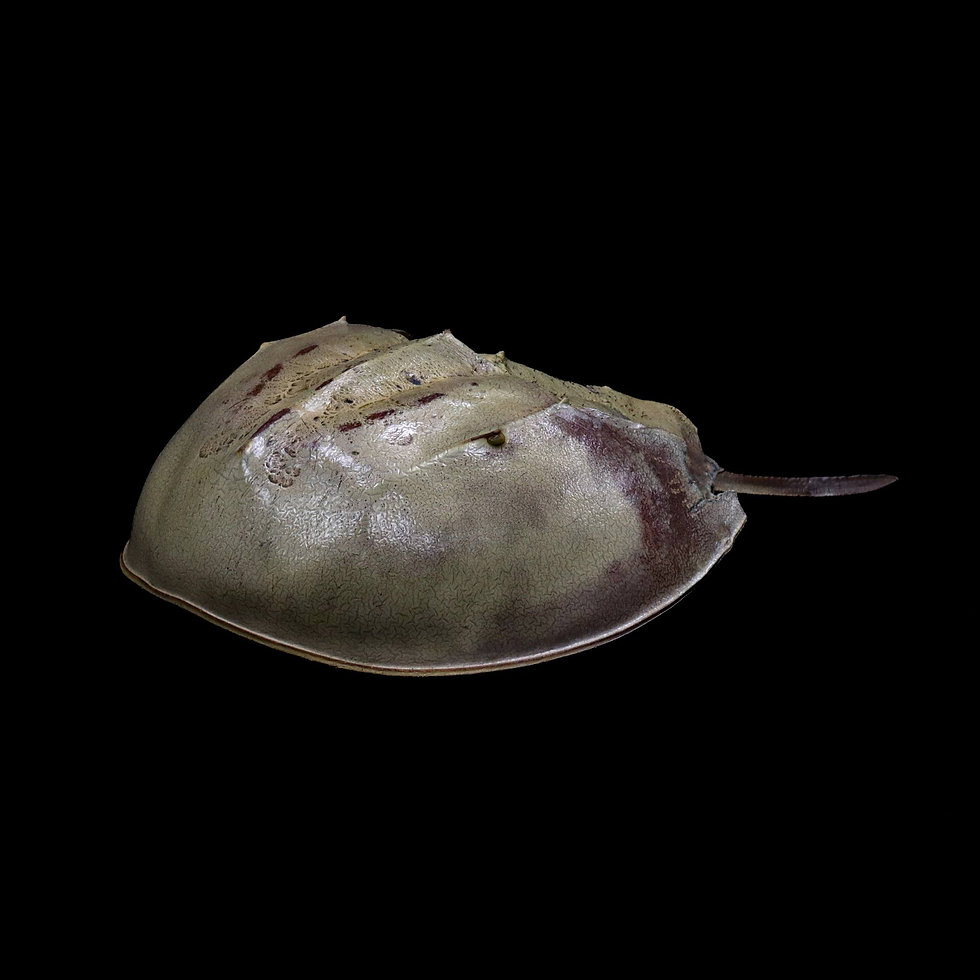
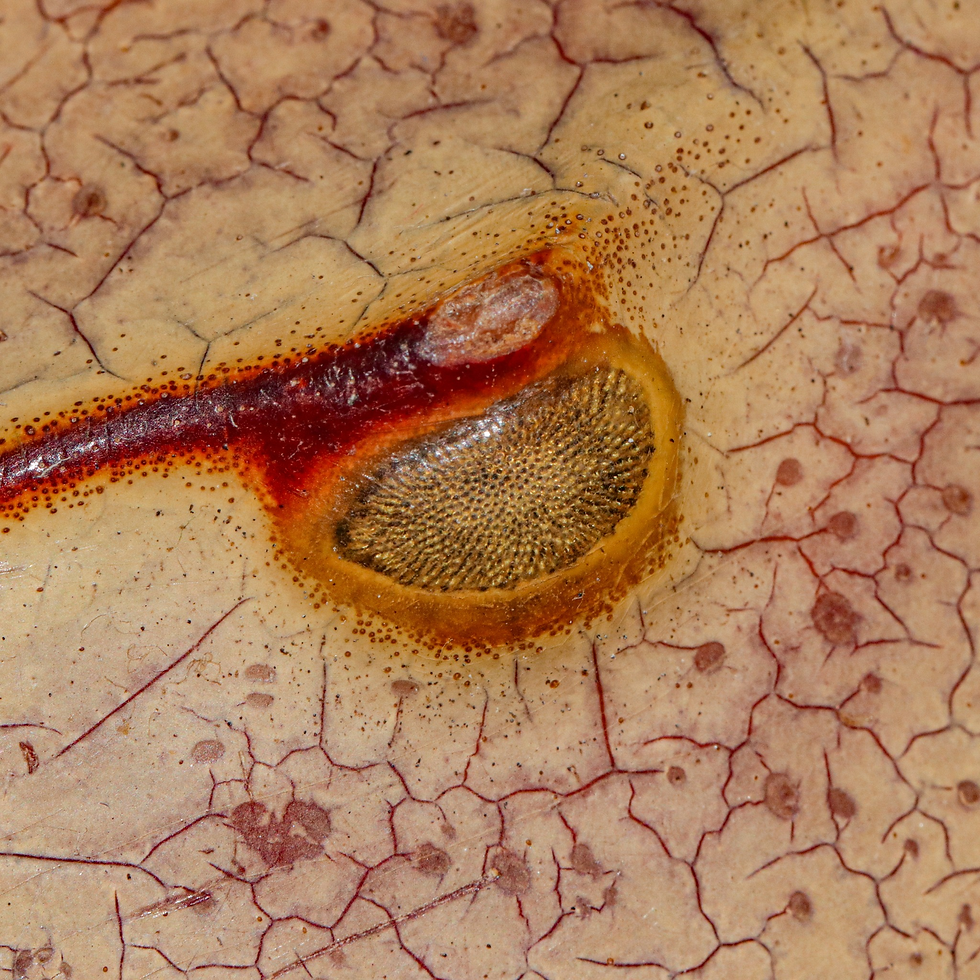
🩸💧 The blood system of Atlantic horseshoe crabs is also remarkable for many reasons. First, our blood, as in other mammals, has the famous protein hemoglobin, which contains iron and binds with oxygen allowing for its transportation within our body; the blood of horseshoe crabs instead has hemocyanin, which contains a different metal, copper. When oxygenated, hemocyanin turns blue, so a wounded horseshoe crab bleeds blue blood. How very noble! 🤴🏻 Horseshoe crab blood also has immune cells calleds that cause powerful clotting when they encounter bacterial toxins, to contain pathogens in the circulatory system. 🦠 This process has been studied and used by scientists, who use horseshoe crab blood to test vaccines for bacterial contamination. 🧪 Synthetic versions have since been developed, but many countries still harvest and use the bright blue blood out of convenience. Very recently, these methods were used in developing a safe COVID19 vaccine. 💉

Horseshoe crabs are often incorrectly referred to as “living fossils”, since their body plan appears to have experienced few changes since way before the dinosaurs existed, over 400 million years ago. One could say that they evolved into this perfect design that has needed little adapting since. However, finding horseshoe crabs in the fossil record is a rare event and some changes can still be observed. In any case, the species 𝘓𝘪𝘮𝘶𝘭𝘶𝘴 𝘱𝘰𝘭𝘺𝘱𝘩𝘦𝘮𝘶𝘴 is estimated to have originated no longer than 20 million years ago, so it can be considered a living fossil baby at best. 🐚 It does have a few useful, evolutionarily old tricks up its carapace though, including molting (shedding and regrowing its shell), the ability to regrow lost limbs (like some newts), and hosting lots of marine creatures, such as algae, molluscs, sponges and barnacles, which stick to their carapaces and live on them symbiotically, like a moving apartment building with meals included. 🐌 Mainly present in the Gulf of Mexico and the East coast of North America, the American horseshoe crab prefers shallow estuarine regions and mangroves, although it can also live a long way offshore, at depths, and in a wide range of salinities. 🌊 It is the only extant (still living) species of horseshoe crab in America, although other genera and species of horseshoe crab exist in Asia, such as 𝘛𝘢𝘤𝘩𝘺𝘱𝘭𝘦𝘶𝘴 𝘵𝘳𝘪𝘥𝘦𝘯𝘵𝘢𝘵𝘶𝘴, the Chinese horseshoe crab, which still exists in Hong Kong at low levels. The American species is classified as “vulnerable” by the IUCN whereas the Asian species are in more trouble, and are considered “endangered” due to the loss of their habitat and overharvesting . ⚠️
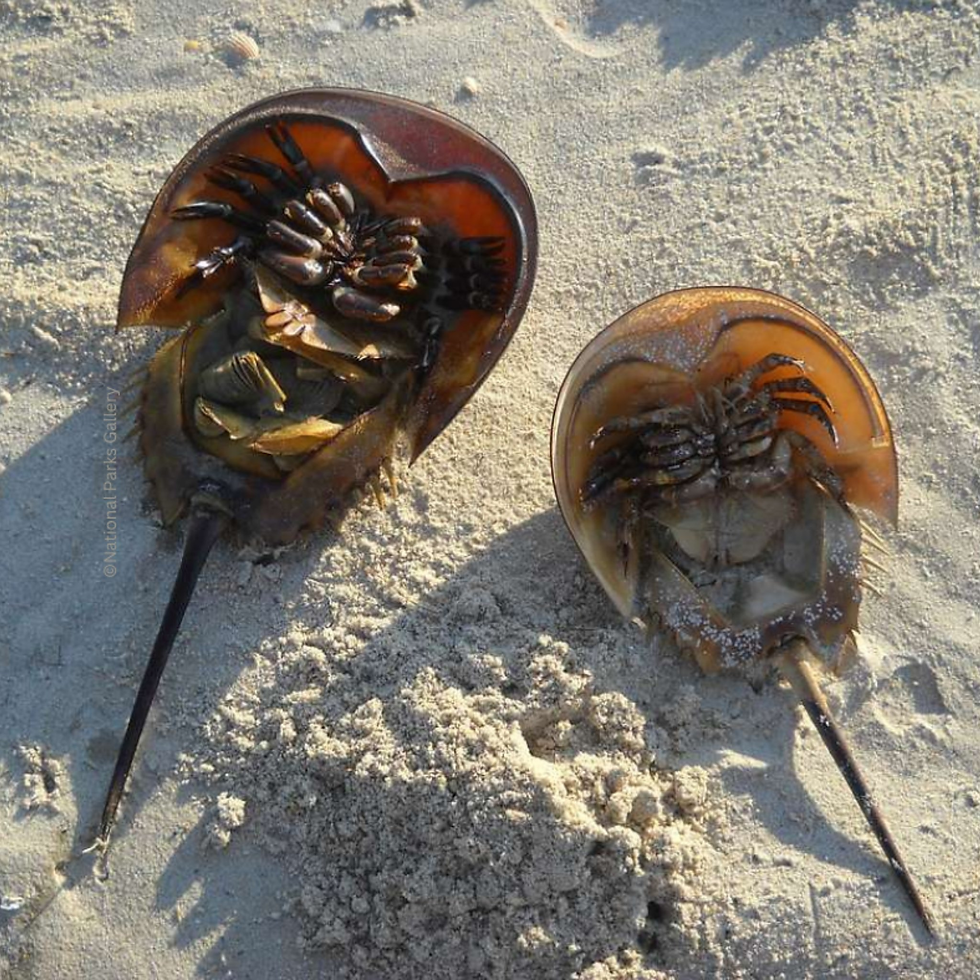
We need to take good care of the American (and the Chinese) horseshoe crab and its environment, or one day it will go from “living fossil” to just “fossil”, and appear as ancient and outlandish as the cyclops it was named after. 👁️ Come visit our huge Atlantic horseshoe crab at the HKBM, and see if you can use your sharp eyes to find our specimen’s many eyes.
Text: Elvira Rey Redondo

Comments